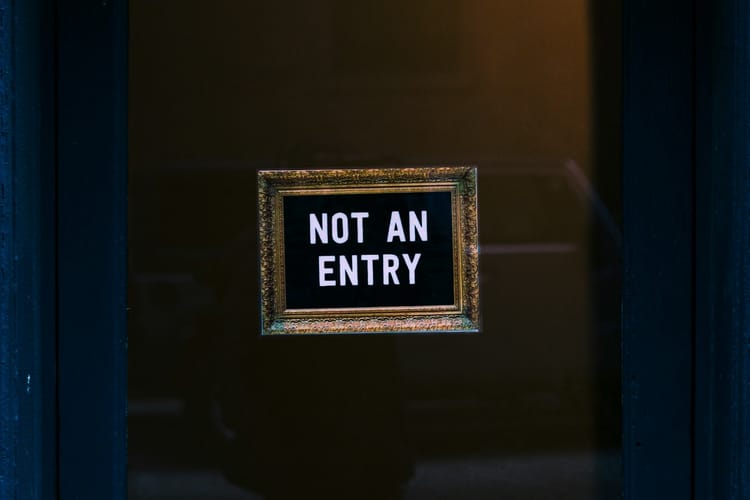Working With Emotional Triggers (A Full Guide)

By and far the #1 request I get from clients & subscribers alike is support with working with triggers.
Today is the day I make it public. And we’ll make this part as simple, direct, and painless as possible.
Bookmark this. Put it on the home screen of your phone for reference. Leave your comments below with any follow up questions & I’ve got you on updates. This is important.
We're going to dive right in. You can watch the video or read the article below. They're not exactly the same so I honestly recommend doing both.
To work with your triggers you have to understand the nature of them. And it starts with this...
Being Triggered Isn’t the Same Thing As Being Upset
When we’re upset, it’s because an upsetting thing has happened. Now we’re experiencing an appropriate level of upset feelings about it.
Being triggered is what happens when an event or stimuli has literally triggered our nervous system into perceiving a threat to our immediate personal safety.
Our nervous system's job is to alert us of danger. So when we're triggered, our body believes we’re in immediate danger. Then, without asking questions, it takes the wheel to protect us accordingly - with or without our permission.
This sends us into a physiological fight, flight, freeze, or appease response. Our hormone levels (like adrenaline) adjust to protect us from perceived threat. Our behavior follows this direction from our body.
Something to really understand: the triggers aren’t always loud, nor are the responses.
Both can be subtle, and we aren't even always discernibly "upset" or "afraid". The smell of perfume can trigger someone to abruptly leave the room without either person being the wiser for what just happened. And that's not an exaggeration.
Regardless of how loud or quiet the trigger and response are, one thing is true across the board:
Our nervous system senses danger not because of what's happening in front of us. It's because of something called an implicit memory.




